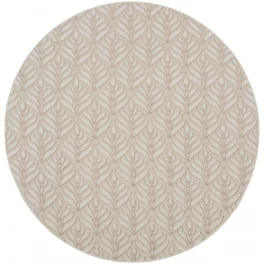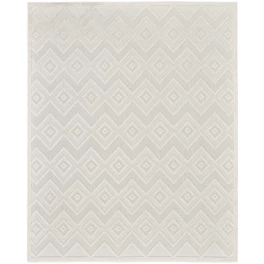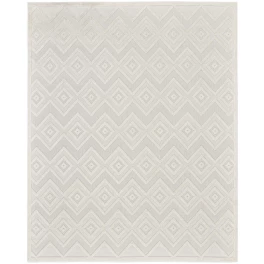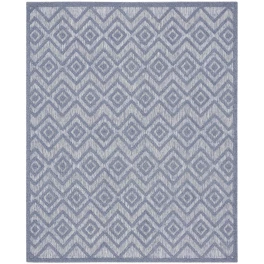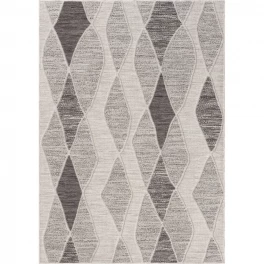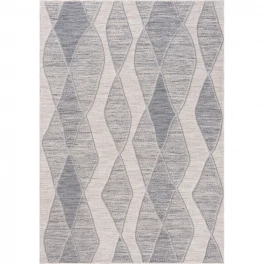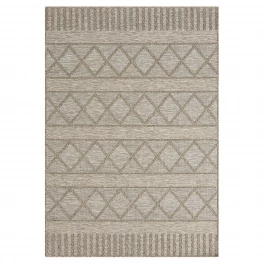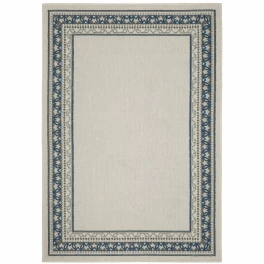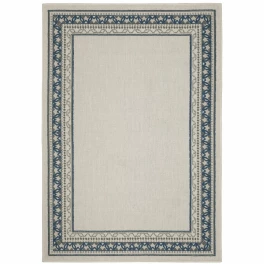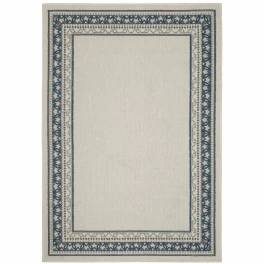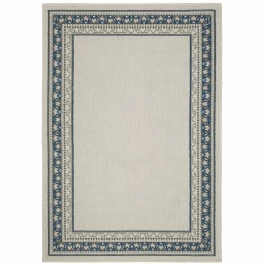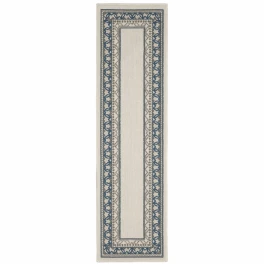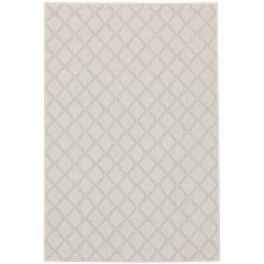Buying a new carpet is exciting, but with so many options, it can also be overwhelming. Different carpet styles not only vary in appearance but also in functionality. So which one is the best for your home? Read on for a crash course on the pros and cons of the most common carpet styles to help you decide for yourself.
Plush or Textured Carpeting
Plush carpet (also referred to as textured carpet) is a cut pile style. Carpets are made by sewing pieces of yarn into a backing material, creating thousands of loops. In a cut pile carpet, the loops are cut to the same length to make for a smooth and level surface.
Pros: Durable and soft. Comes in a wide array of colors. Complements almost any kind of décor.
Cons: Has a tendency to show indentations from furniture, prints from foot traffic, and vacuum cleaner lines.
Frieze Carpeting
Frieze is another example of a cut pile carpet style. But unlike plush carpets where the yarn is even in appearance, in a frieze carpet, the yarn is twisted so that it’s curly. Looser versions offer a casual yet elegant look, while denser weaves can be more formal in appearance.
Pros: Durable and soft. Its long curly fibers make it easier for your carpet installer to artfully hide any seams.
Cons: Since the fibers are curly, spills are more apt to sink into the backing, which can make it more difficult to clean.
Shag Carpeting
Shag carpeting is virtually the same construction as a frieze but the strands tend to be thicker and bulkier with a deeper pile. This carpet style was ubiquitous in the 1960s and 70s, and has been enjoying a resurgence in popularity in recent years.
Pros: Durable, comfortable to walk on. Easy to hide seams.
Cons: Stains and dust can sink deep into the bottom of the long fibers, making them difficult to clean. The length and bulkiness of the strands can also impede movement for people using a walker or a wheelchair.
Berber Carpet
Berber is a loop pile style of carpet, which means the loops close back into the backing and aren’t cut. This type of carpet is known to be durable, and it’s a popular carpet style for high-traffic areas and rec rooms, although it can also be installed throughout your entire home.
Pros: Durable. Berber carpeting also tends to cost less than cut loop carpets because Berber carpets are usually not as thick.
Cons: Does not have the same soft feel as cut loop carpets. If loops are snagged or pulled loose, they can “run” like a nylon stocking. Pet nails can also cause issues with this carpet type.
Level Loop Carpet
Looped carpet is another style of carpet that’s similar to Berber. Every loop is exactly the same height to create an even surface. Looped carpet is most commonly used in office settings and commercial buildings.
Pros: Perhaps the most durable carpet style, and good for high-traffic areas.
Cons: Not soft underfoot or cozy in appearance.
Loop Cut Loop or Patterned Carpet
Loop Cut Loop carpets, also known as patterned carpets, are created by combining looped and cut loop carpet styles, resulting in a patterned appearance.
Pros: Unique appearance. Tends to be dense so spills stay at the surface-level for easy cleanup.
Cons: The pattern can sometimes wear out in high-traffic areas such as hallways and stairs.
Other Carpet Terms You Should Be Familiar With
Face Weight
The face weight refers to the amount of yarn a given carpet contains per square yard. The higher the face weight, the thicker the carpet, and the more luxurious it will feel.
Carpet Twist
The carpet twist is simply the number of times the tufts of yarn have been twisted per square inch. The higher the twist count, the more durable the carpet is, and the better it will hold up in high-traffic areas.
Density
Another indicator of carpet quality is the density. To check a carpet density, take a carpet sample and bend it. If a lot of the backing becomes exposed, it means your carpet is less dense. If you can’t see the backing at all, you have high-density carpet. The density test is particularly important to do if you’re installing carpet on a staircase because the carpet will be bent as it runs down the stairs. Low-density carpets will not only be unsightly if the backing is exposed, but they will wear out sooner than their higher-density counterparts.
Stain Protection
Carpet technology has come a long way in recent years, and the options for stain protection have improved by leaps and bounds. When shopping for carpets, ask the salesperson what sort of stain protection a carpet has, and if it's topically applied or part of the fiber. If the stain protection is topically applied, you should ask how long it will last and when it should be reapplied.
Armed with all this knowledge, you should really know how to cut a rug now and which style would be ideal in both form and function in your home.




